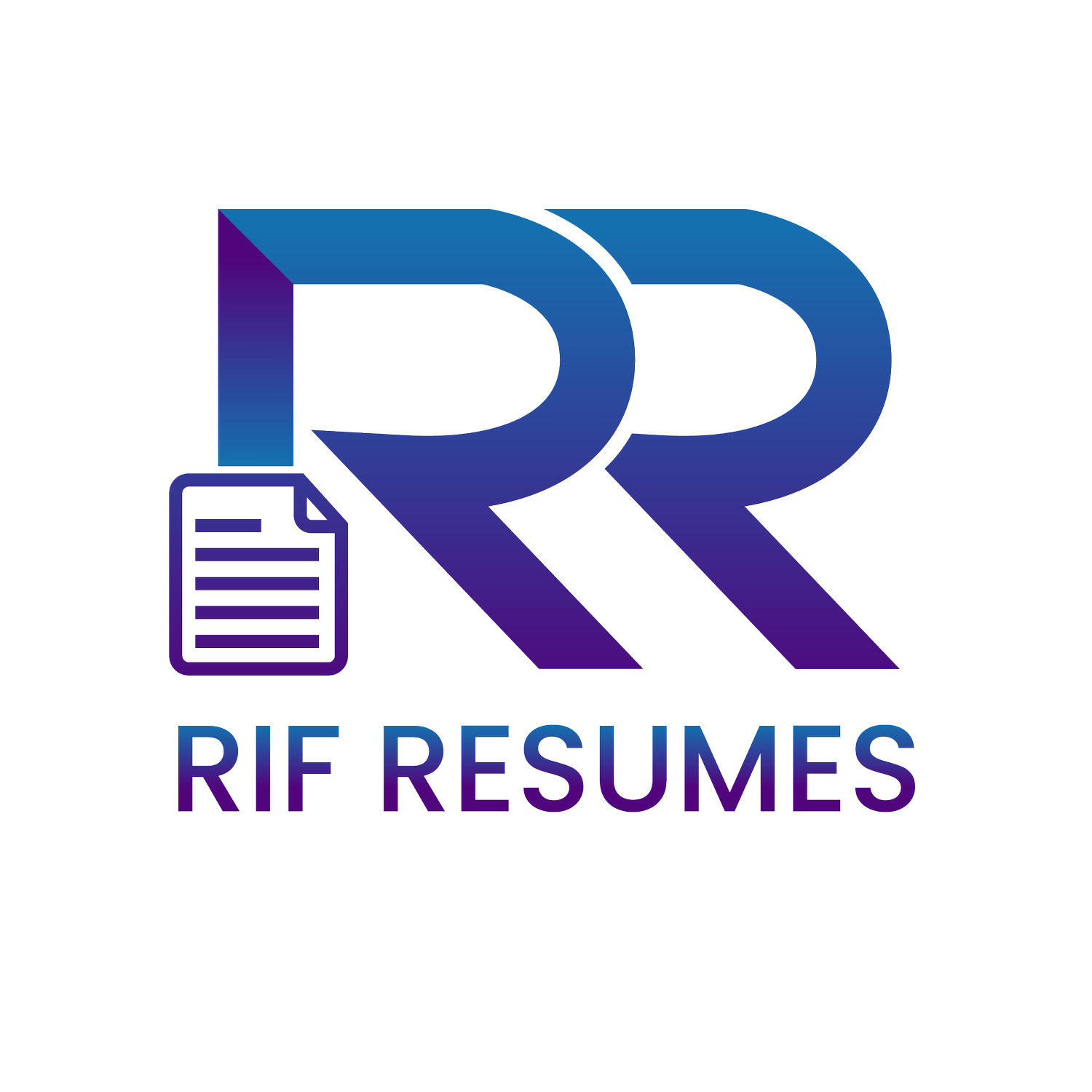Tech Industry Layoffs in 2025: Targeting Older Workers and the 'Underperformance' Narrative
In 2025, the technology sector experienced significant workforce reductions, with companies like Meta, Microsoft, and Amazon announcing substantial layoffs. Many of these cuts are being labeled as performance issues, but a closer examination reveals that older employees are disproportionately affected, raising concerns about age discrimination and the true reasons behind these layoffs.
Meta's Layoffs: A Closer Look
Meta, formerly Facebook, recently laid off approximately 4,000 employees, representing 5% of its workforce. CEO Mark Zuckerberg described this move as part of a "year of efficiency," aiming to eliminate low performers. However, many affected employees dispute this rationale, claiming they had received positive performance reviews just months earlier. Some former staff members argue that the company's increasing reliance on artificial intelligence (AI) and a strategic shift towards AI development were the true motivations behind the layoffs.
The 'Underperformance' Label and Older Workers
The designation of employees as "low performers" has raised concerns, especially among older workers. A former Microsoft HR executive emphasized the importance of visibility and networking to avoid being labeled as an underperformer during times of layoffs. This suggests that employees who may not be as adept at self-promotion or who have been with the company longer might be more vulnerable to such labels.
Age Discrimination in Tech
The tech industry has long been criticized for its youth-centric culture. Reports indicate that from 2014 to 2022, the number of tech workers under 25 grew by 9% each year, while those over 50 saw only a 4% increase. This disparity suggests that older workers may face challenges in both hiring and retention within the tech sector. The public announcements of Big Tech companies labeling these employees as low performers only increases this. One Meta employee impacted by the cuts was quoted in Business Insider saying, “The hardest part is Meta publicly stating they’re cutting low performers, so it feels like we have a scarlet letter on our backs”. Excluded from the public metrics are long-time employees who are being nudged into pushed retirement. In other words, you can retire early to avoid being fired. Microsoft recently parted ways with its longest tenured employee who had been with the company for over 40 years. Did he retire voluntarily or was he nudged in that direction?
The Impact of AI and Automation
Advancements in AI and automation are also contributing to workforce reductions. Tools like ChatGPT and Copilot can automate certain tasks, potentially rendering some roles obsolete. This technological shift may disproportionately affect older employees who are perceived as not have the same level of familiarity with emerging technologies, further increasing their risk of job displacement. This perception does not constitute fact.
Conclusion
While performance issues are often cited as the reason for layoffs in the tech industry, the evidence suggests that older workers are disproportionately affected. This trend raises important questions about age discrimination and the true motivation behind workforce reductions. As the industry continues to evolve, it is crucial to ensure that all employees, regardless of age, are evaluated fairly and given equal opportunities to adapt and thrive in the changing technological landscape.

